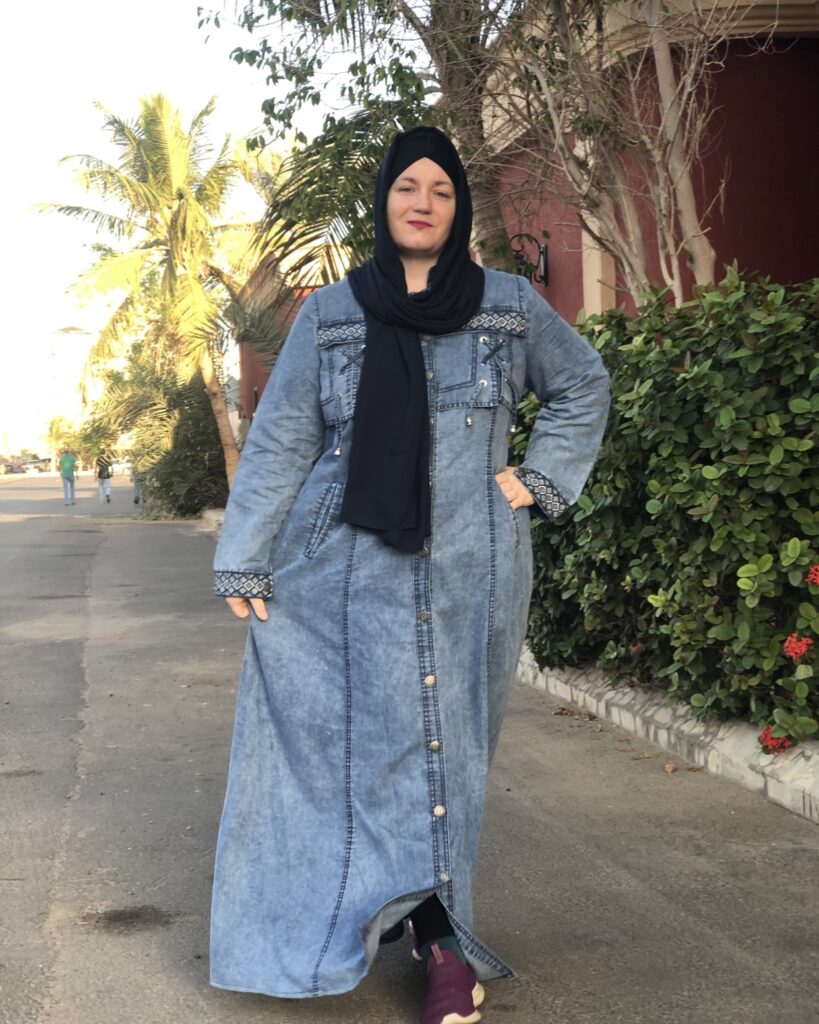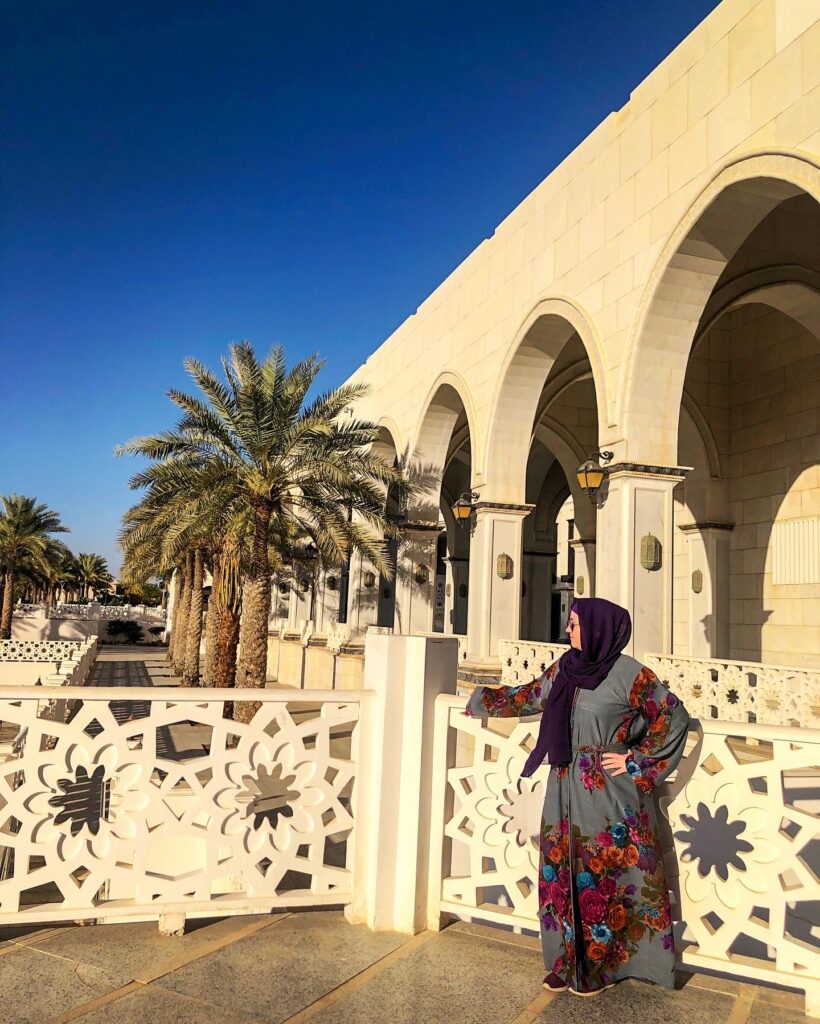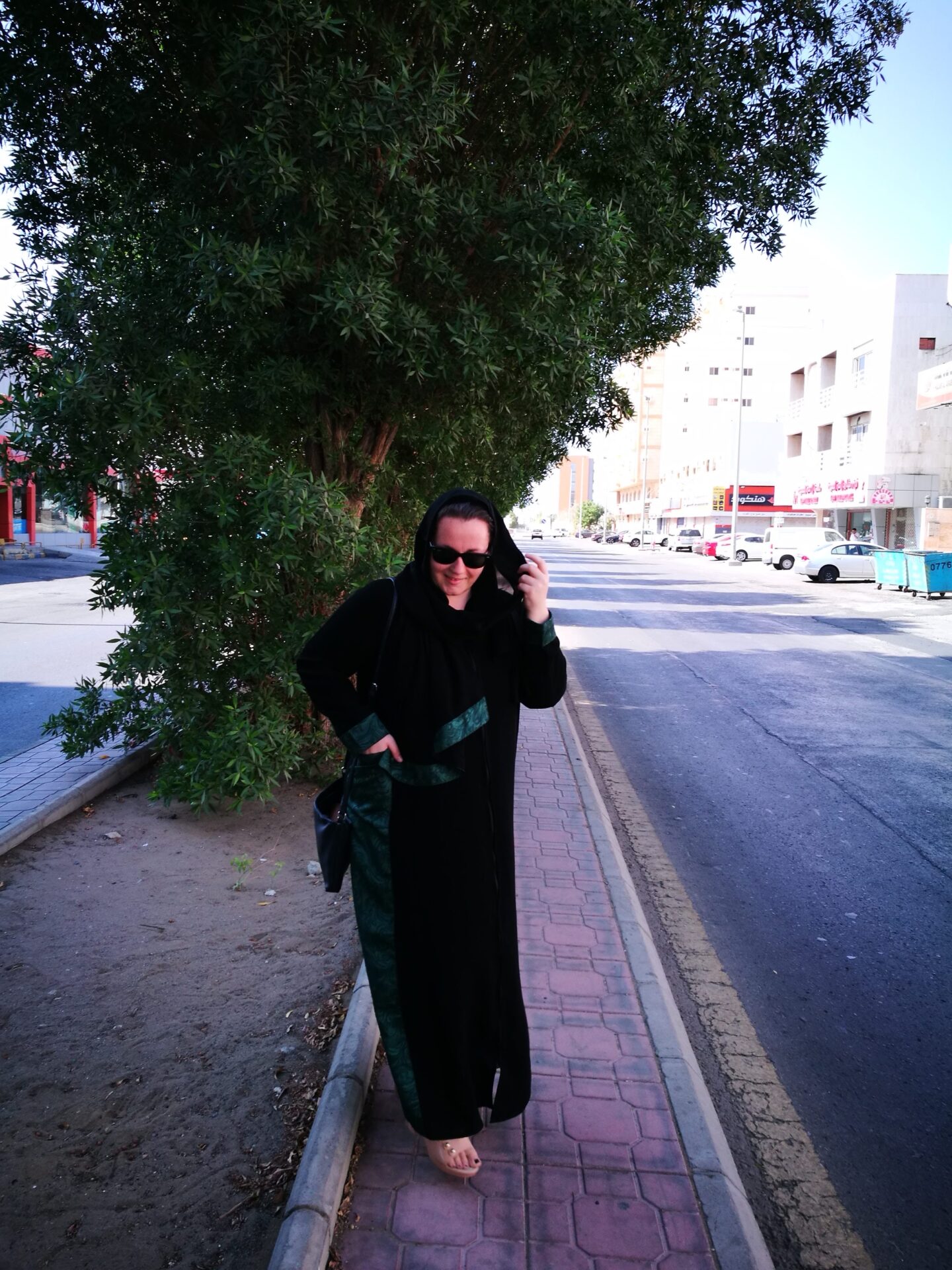The news of the new ban by the Minister of Education is resonating in France and abroad. Muslim girls will no longer be allowed to wear abayas in schools. In the name of secularization in public spaces, they are closing the doors to those who, in the eyes of many, are already pushed away and oppressed, ironically, precisely because of their longer and looser clothes.
The headscarf, which is not a religious symbol of Islam, but is the most visible reflection of worship in everyday life, was not enough. Now the abaya must go. The abaya, which is purely a cultural piece of clothing and not a religious one. A long loose robe with buttons or a zipper will be for-bi-dden, starting this new school year.



Many Muslim communities are outraged (while Islamophobes celebrate) and are questioning where is the line between hating the abaya and celebrating renowned French (non-Muslim) clothing designers who have been borrowing inspiration from traditional kaftans and jalabiyas from North Africa and the Middle East for well over a century, if not more. Don’t believe me? Take a look at the costume designs in Chaplin’s “Woman of Paris” from 1923, which I had the pleasure of seeing just last week at a free screening at Congress Square in Ljubljana.
Who is bothered about girls covered up, whose bodies aren’t for everyone to see? If they start wearing long skirts and blouses as an alternative to abayas — is a new ban on the horizon? In England, earlier this year (!) a male teacher humiliated girls because their skirts were too short. He allegedly used a ruler to indicate to those lined up whose legs were indecently (un)covered. Will France develop criteria for skirts and sleeves that are “too long”?
If we insist that it is our liberty and right to look at other people’s bodies, we interfere with their bodily autonomy.
The abaya is the current enemy number one in France, meanwhile, not far across from our Slovenian border, it looks like a ban on burkinis is soon to take place. The mayor of the Italian town of Monfalcone/Tržič has announced a ban on swimwear, which otherwise gives Muslim women the freedom to swim at public beaches. No, Muslim women do not come to the beach to “wash their rags” in the water. Many ladies spend a pretty penny for a quality burkini, so ignorant and hateful comments about hygiene are completely out of place. Personal hygiene and cleanliness are an integral part of the Islamic faith, while the same cannot be said for all non-Muslim users of (merely) toilet paper.
Shall I respond to the second most popular comment of bigots who are so terribly bothered by burkinis? “If we have to adapt in their countries, let them adapt in ours.”
What exactly are tourists adapting to in Western resorts in Egypt, Morocco, and for example in the notoriously backward Saudi Arabia? Not a single thing. Everything is at their disposal. Freedom to wear bikinis by the pool and on private hotel beaches as well. But if you want to go off on how much your liberties are taken away in other Muslim countries that the West has successfully left in ruins, fueled military coups and the rise of dictators, then I must kindly remind you how lucky and privileged we are to live in democratic countries.



If we insist that it is our liberty and right to look at other people’s bodies, we interfere with their bodily autonomy. Until we are ready to change this belief that (especially women’s) bodies must be available at all times for observation, evaluation, criticism, and, let’s not forget, for “resting one’s sore eyes” upon every other billboard, we have to face the unpleasant fact we do not live in so immensely celebrated democratic society with all our liberties. Funny, it is precisely our freedom and democracy that give us a false sense of superiority which often makes us look down on other social structures and cultures.
